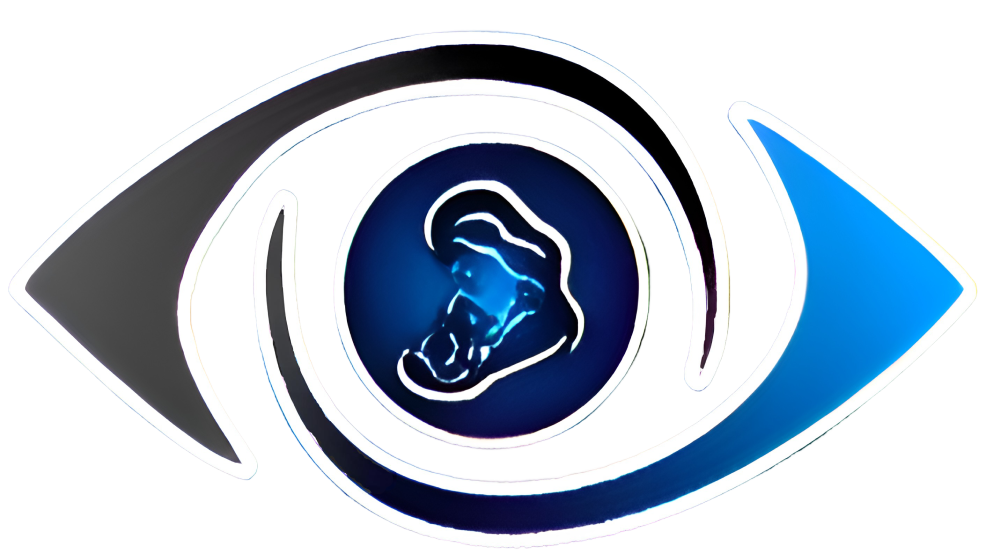Cardiac arrest is a severe heart condition that strikes suddenly, demanding immediate attention. It is when the heart suddenly stops working, cutting off blood flow to the brain and other parts of the body. Very few people survive this without prompt help. This makes understanding and recognizing cardiac arrest symptoms crucial for everyone because it can make the difference between life and death.
With widespread awareness, public response can greatly improve, raising survival rates. Often, people confuse cardiac arrest with other heart issues like heart attacks. But these are not the same. A heart attack is a problem with the blood flow to the heart, while cardiac arrest happens when the heart’s electrical system goes out of control.
Awareness of this emergency is essential and learning about it can save lives. With basic knowledge of cardiac arrest symptoms, you can act fast if needed, whether it’s helping someone else or yourself.
Understanding Cardiac Arrest: What You Should Know
Cardiac arrest is when the heart suddenly stops beating. This usually happens because of an electrical failure. It is not just a “fainting spell” or something you can ignore. When the heart suddenly stops, blood flow to the whole body halts, creating a critical situation.
Recognizing the signs of this emergency is absolutely vital. Without quick action, this sudden stop in heart function leads to death within minutes. Here’s why speed matters: when the heart stops, the body can’t get enough blood and oxygen. The brain starts suffering damage within minutes. This is why paramedics aim to respond in seconds. Knowing the signs of cardiac arrest—such as a person falling suddenly and not waking up—can help you react swiftly.
Immediate action and calling for help can greatly boost survival chances. Simple steps like calling for emergency services, starting CPR, if you’re trained, or using an automated external defibrillator (AED) can restart the heart.
Understanding what happens during an arrest and the cardiac arrest symptoms helps demystify this scary experience. Being informed about what goes wrong, speeds up response time, increases chances of survival, and empowers everyone to help.
Recognizing and Responding to Cardiac Arrest Symptoms
A person in cardiac arrest experiences certain symptoms. Here are key cardiac arrest symptoms to look out for:
- Sudden loss of responsiveness: The person collapses and stops responding to any stimulation, even when you try to wake them.
- No normal breathing: Breathing stops or is irregular and shallow.
- No pulse: The heartbeat is not detectable.
Aside from these, some people might show subtle symptoms ahead of time, hinting that something is wrong:
- Chest discomfort: Pain or tightness in the chest can indicate a problem.
- Shortness of breath: Feeling out of breath, like you can’t get enough air.
- Palpitations: The heart feels like it’s racing or beating erratically.
- Unexplained weakness: Feeling unusually tired or weak without any obvious reason.
- Lightheadedness: Sudden dizziness or feeling faint all of a sudden.
It’s also important to know the difference between cardiac arrest and heart attacks. A heart attack happens when blood flow to a part of the heart is blocked, often causing chest pain. In contrast, during cardiac arrest, the heart stops, and the person falls unconscious and stops breathing.
In any case, act quickly. Call emergency services right away. If you’re trained to do so, start CPR to help keep blood flowing. Use an AED if one is available nearby as these devices can help restart the heart safely.
Recognizing these cardiac arrest symptoms and acting promptly increases the chance of saving a life. Anyone can learn these skills, and it’s a good idea for everyone to be prepared.
Empowering Prevention and Preparedness for Cardiac Health
Preventing cardiac arrest starts with some everyday changes. Here are simple lifestyle tweaks that can lower the risk:
- Dietary adjustments: Eating heart-healthy foods like fruits, vegetables, lean meats, and whole grains is beneficial.
- Regular exercise: Even just 30 minutes a day of physical activity can make a big difference.
- Regular check-ups: Seeing a doctor for routine health check-ups helps keep track of heart health.
Existing heart conditions can increase risks, so it’s important to have open talks with doctors about personal heart needs. Prevention is also about knowing what to do if such emergencies occur. Everyone can benefit from learning CPR and how to use an AED. Keep these tools and information handy at home and work in case you need to use them swiftly in a cardiac arrest situation.
Meanwhile, myths about heart health often cloud the truth. Clearing up these misconceptions with factual insights helps people understand their heart better.
Technological advancements are also playing a pivotal role in cardiac health. Improved medical gadgets, particularly in India, are aiding early detection, giving people a chance to tackle conditions before they become serious.
Overall, understanding cardiac arrest symptoms, becoming aware of how to help in emergencies, and fostering a heart-healthy lifestyle are key steps in battling this sudden cardiac event. It’s about keeping ourselves and others safe by staying informed and prepared.
Cardiac arrest is a life-threatening condition that occurs when the heart suddenly stops beating, leading to a loss of blood flow to vital organs. It can happen without warning, causing symptoms such as sudden collapse, loss of consciousness, and no pulse. Immediate medical intervention, including CPR and defibrillation, is critical to improving survival rates. If you or a loved one is at risk for cardiac arrest due to heart disease, family history, or other factors, it’s essential to seek expert care and preventive measures.
Thaj Health Care Centre specializes in heart health, offering advanced diagnostics, treatment, and prevention strategies.
Don’t wait—consult Thaj Health Care Centre today for comprehensive cardiac care and guidance on reducing your risk of cardiac arrest.

